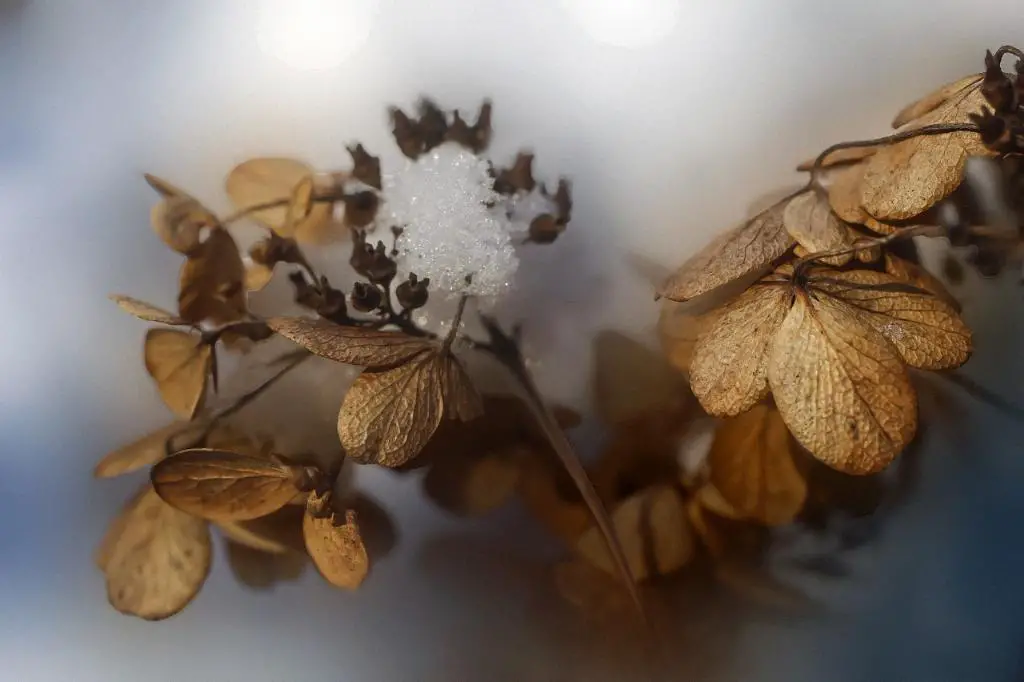Propagating a hydrangea can be a fulfilling process that allows you to expand your garden with beautiful blooms. Understanding the right time of the year to propagate your hydrangea is crucial for success. Typically, early summer or late spring is the ideal time to take hydrangea cuttings as the plant is actively growing during this period, which promotes faster root development.
To start the propagation process, select a healthy hydrangea plant from which you can take a cutting. When selecting a branch, make sure it is a softwood branch, as these tend to root more easily. Using sharp and clean pruning shears, cut a small branch from the hydrangea plant, ensuring the cut is clean and at a 45-degree angle. Trim the lower leaves of the cutting to reduce moisture loss and to focus the plant’s energy on root development.
Applying rooting hormone to the trimmed end of the cutting can help expedite the rooting process. Rooting hormone contains growth hormones that encourage the development of roots, increasing the chances of successful propagation. After applying the rooting hormone, plant the cutting in a well-draining seed-starting potting mix, ensuring the soil is moist but not waterlogged to prevent rotting.
Hydrangea cuttings require consistent hydration to support root growth. Keep the soil consistently moist by watering the cutting regularly, but be cautious not to overwater, as this can lead to root rot. Proper hydration is essential for the cutting to develop healthy roots and establish itself as a new plant.
Monitoring the cutting for signs of growth is an exciting part of the propagation process. Look for new leaves sprouting or roots emerging from the base of the cutting. These indicators suggest that the cutting has successfully rooted and is ready to be transplanted into a larger container or directly into the garden.
Before transplanting the newly rooted hydrangea cutting, ensure that it has developed a sufficient root system to support its growth. Transplanting too early can stress the cutting and impede its ability to thrive. Once the cutting has established a robust root system, carefully transplant it into a larger container or a designated spot in your garden.
Providing the transplanted hydrangea cutting with adequate sunlight is essential for its continued growth and blooming. Hydrangeas thrive in partially shaded areas with morning sun and afternoon shade. Ensure that the plant receives enough light to promote healthy foliage and vibrant blooms.
Regularly monitoring and caring for your newly propagated hydrangea is crucial for its long-term health and vitality. If grown in a container, ensure that the plant is watered regularly and fertilized to support healthy growth. Prune the plant as needed to maintain its shape and encourage blooming.
Hydrangeas are resilient plants that can bring a burst of color and beauty to any garden. By following the steps outlined above, you can successfully propagate a hydrangea and expand your garden with these stunning blooms. Enjoy the process of nurturing your newly propagated plant and witnessing its growth and blooming season after season.

